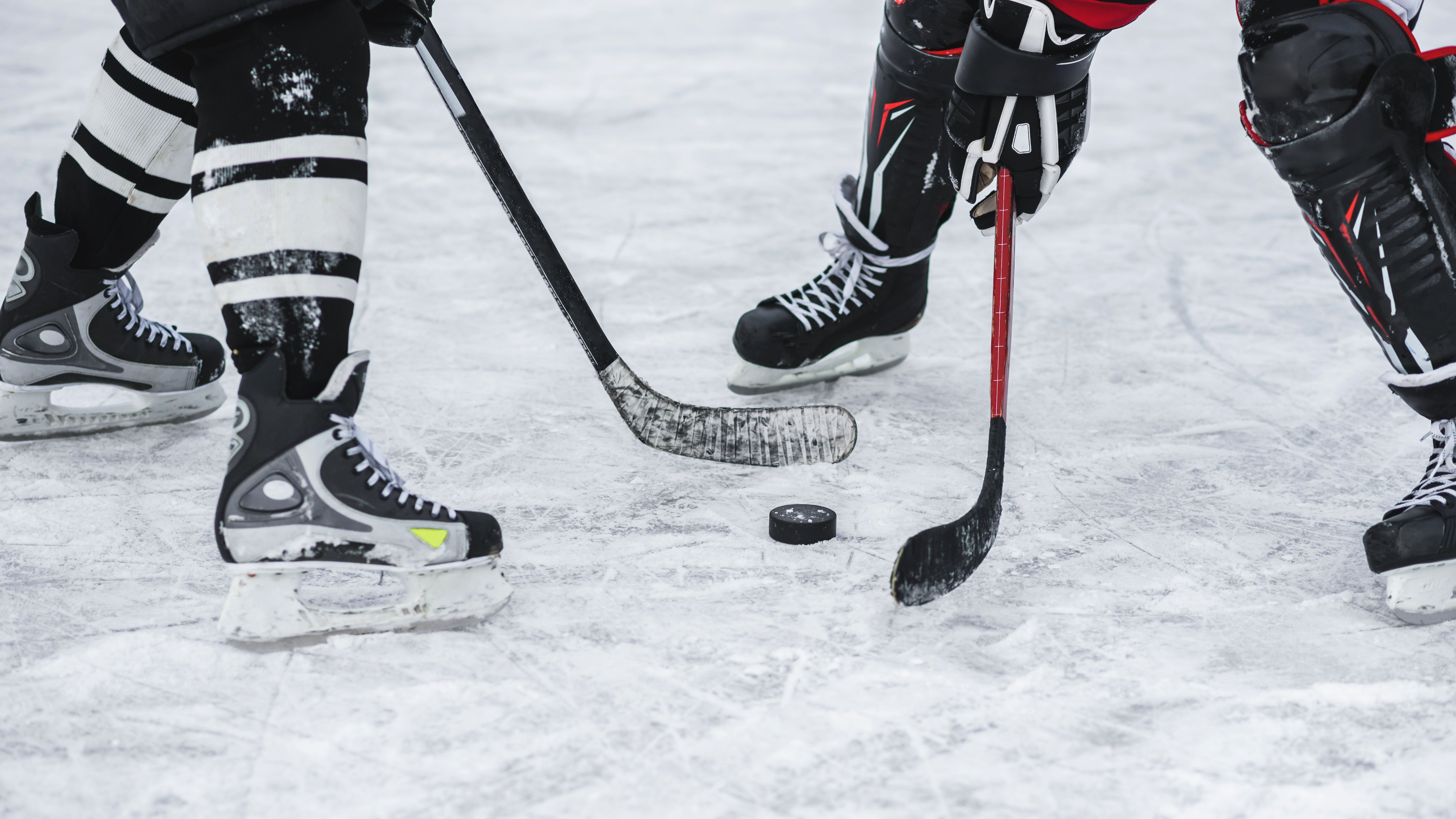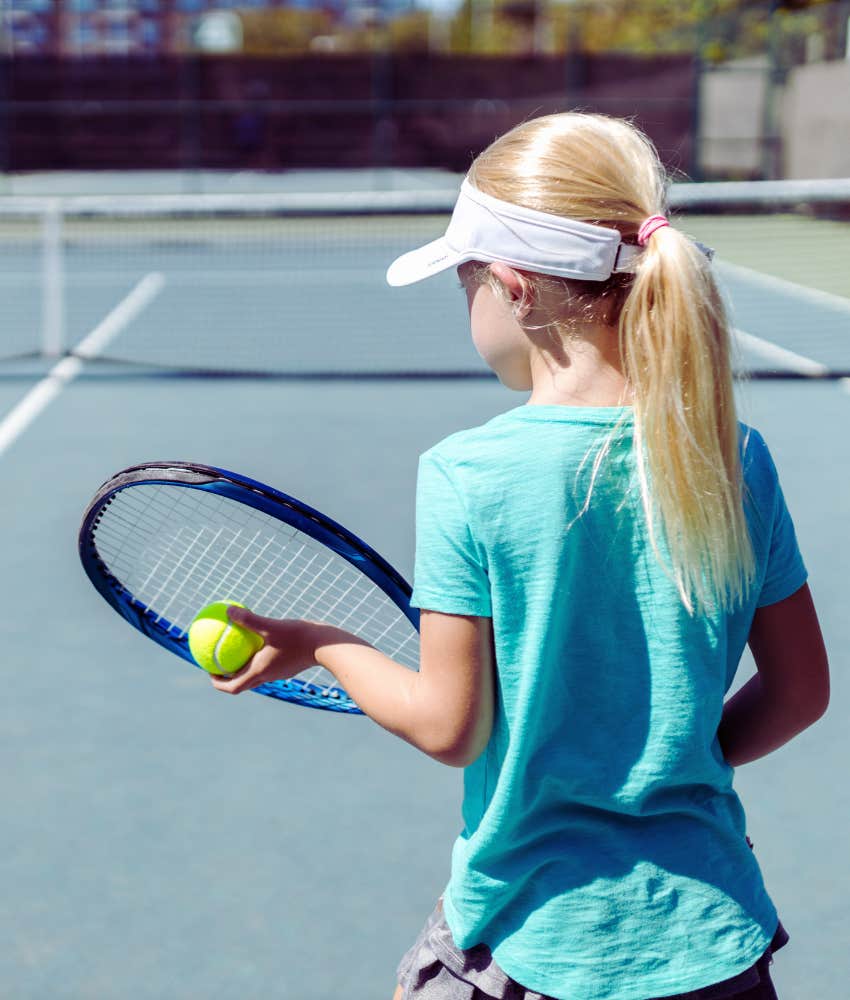Parents Offer Their Teenager $20K Cash To Not Play Travel Hockey This Year -- The Same Amount They Spend For Him To Be On The Team
Why are kids' sports so expensive?
 Alexandr Grant via Shutterstock
Alexandr Grant via Shutterstock Kids' sports have become more than just a time commitment for parents. The team-building exercise has become a financial investment that only the privileged few are entitled to participate in.
TikToker Liz McKenney took to the video-sharing site in shock after a parent told her they offered to pay their son $20,000 NOT to play travel hockey that year.
McKenney shared the story of parents who offered their teen $20K to quit travel hockey for a season.
Apparently exasperated with the time commitment and expense of the extracurricular activity, these parents were at their wit's end.
Why the whopping sum of $20K, you ask? Because that’s how much this family has to shell out every year so he can play.
Perhaps the most bonkers part of McKenney's tale, the teenager said "no."
McKenney jokingly stated what we are all thinking: "So, I guess I'm just asking if there's anybody willing to pay me not to play hockey this year — because I'll say, 'Yes.'"
The cost of children's sports is untenable for most parents.
The average family, according to data from Project Play, spends nearly $900 a year on one child's sport. Factor in siblings and the fact that most kids play different sports each season, and the bill is well into the thousands. In NJ, some travel soccer programs charge $4000 per athlete for a three-month season.
While most parents will do what it takes to fulfill their children's dreams, the sad reality is that, according to a 2019 survey, most kids will quit their preferred sport by age 11.
These costs highlight the privilege and economic disparity that seems to underscore the once-praised institution of youth sports. The days of volunteer parents coaching and local businesses supplying "Bad News Bears" style jerseys are a thing of the past.
 RDNE Stock project / Canva Pro
RDNE Stock project / Canva Pro
Kids' sports are big business. Middle-class families are struggling to finance these hobbies, which means underprivileged communities are completely left out.
Charlie Maher, a Professor Emeritus at Rutgers who also serves as a sports psychologist for the Cleveland Guardians, told NJ.com, “It’s like creating a sports caste system. The privileged will get more opportunities to learn, to get better instruction and more opportunities for pay-to-play. Then kids from communities where the economics are not there, where parents literally just don’t have the money, are going to be left behind.”
Although all kids' sports have costs attached to them, hockey seems to be the most outrageous.
According to Hockey Think Tank, the average cost for a hockey season is $10,000-20,000, including travel, equipment, and coaching fees.
U.S. teams can take between 5 and 10 plane trips per year, which requires hotel stays for each trip, so travel seems to be the bulk of the payments.
The time commitment is nothing to balk at, either.
Teams can have anywhere from 20 to 40 games per season, in addition to two practices a week. A season might be over 100 “sessions,” and these athletes can be as young as 7.
The time demands on a family are hard to justify, especially in conjunction with the costs. When can parents and kids just relax together? When do they play? Spend time with friends or run errands?
Why would anyone turn down $20,000?
Hockey is obviously something this teen boy is incredibly passionate about, but his parents are obviously struggling.
Sometimes, families have to try to find a balance, and their hope was that by highlighting the costs to their son, he would understand the disparity in value versus pleasure.
He obviously has the privilege of continuing to play, and his parents are lucky to be able to gift him that opportunity.

